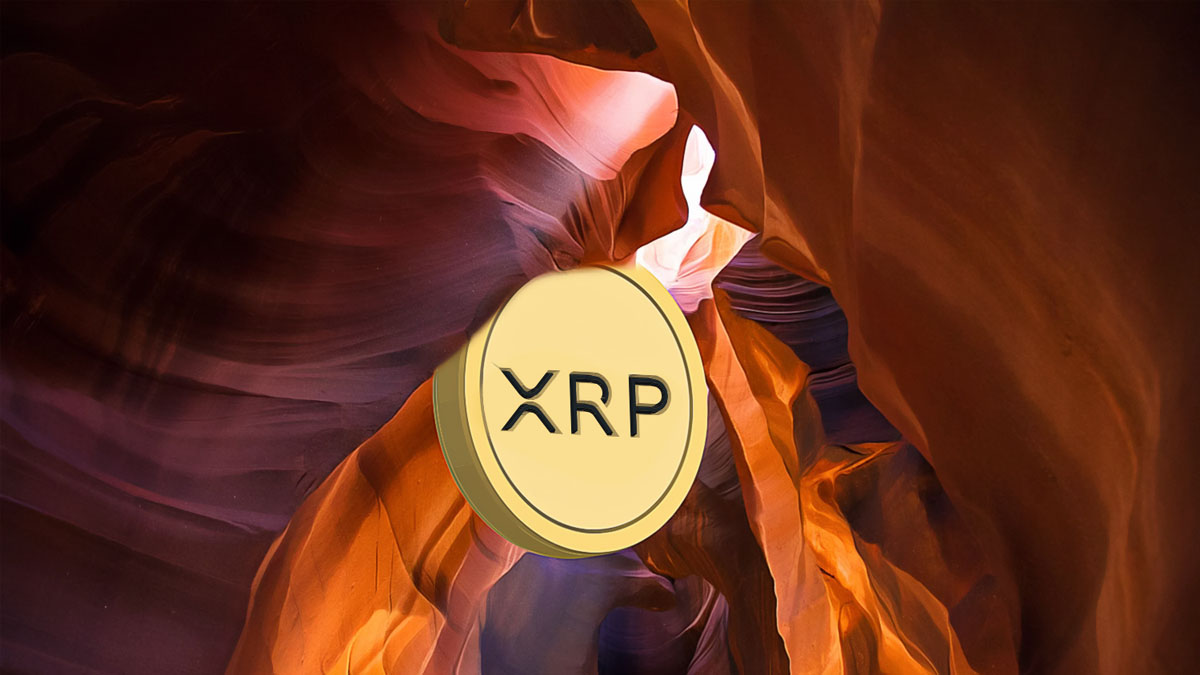Following a period of general market upswing since late February, the cryptocurrency sector has been holding above a $2 trillion valuation. Amidst this climate, Ripple (XRP), a well-known digital currency, has exhibited a mixed performance, raising questions about its short-term trajectory.
Assessing Ripple’s Price Dynamics
Unlike some major cryptocurrencies that have mirrored Bitcoin‘s price movements, Ripple has seen a deceleration in its upward trend. Despite this, the altcoin managed an 11% rise to $0.59 after a dip to $0.534. With its ranking as the sixth-largest crypto by market cap, Ripple has been on a gradual uptick, buoyed by a supportive ascending trend line during smaller pullbacks, securing a price of $0.59 at the time of the report.
Market Trends and Ripple’s Position
Further analysis of Ripple’s market behavior shows an approximate 0.44% daily gain, suggesting a possible reversal from a seven-month corrective downtrend. However, the presence of low-volume trading and short-term candle patterns hint at a potential lack of buyer strength. A failure to hold above the recently breached trend line might see the token’s value seeking lower levels to consolidate its position. Nevertheless, the ongoing recovery could continue if the upward support remains intact.
The current market sentiment for Ripple appears to transition from bullish to neutral, but with the reclaimed resistance line now acting as a base, there is room for optimism. Maintaining support could propel the XRP price further, possibly aiming for a $0.75 high in the foreseeable future. While Ripple’s steady ascent contrasts with the broader market’s robust performance, prevailing uncertainties leave its short-term prospects in a delicate balance.












